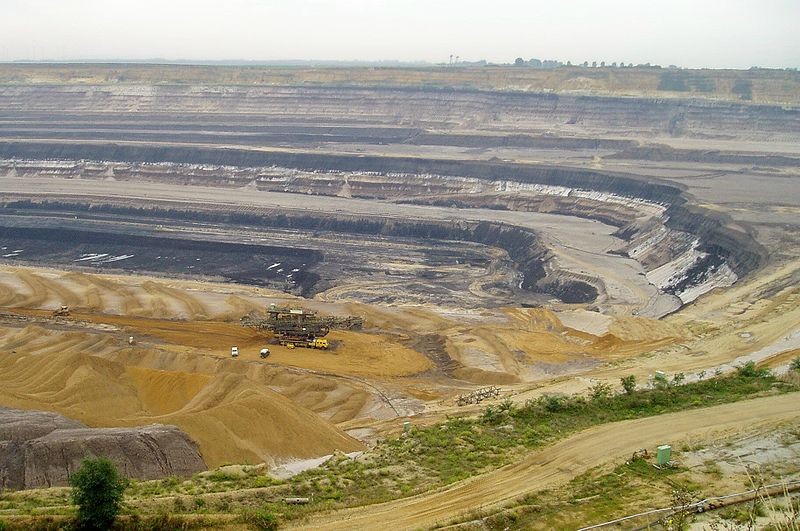A copper mine threatens to damage a fjord where Sámi fisherman earns their living and disturb Native reindeer calving areas in a small hamlet in Arctic Norway. Nonetheless, not everyone is opposed to it.

In an indepth inquiry by the National Geographic, fundamental questions lie at the heart of the raucous demonstrations against the large company and the billions of dollars at stake: who has the right to these lands and waters? And who is in charge of deciding how to safeguard them effectively?
Nussir Mining Firm
Nussir, a Norwegian mining firm, expects to begin pouring two million tons of mine waste into the Repparfjord this year. The government allowed the copper mine in 2019, and the Norwegian Environment Agency approved the waste treatment plan in 2016.
On the other hand, independent experts continue to question the justification for dumping the debris in one of only 29 salmon fjords in the United States that is protected by law.
The little village of Kvalsund on the coast, whose leaders allowed the mine, has become an unexpected source of national strife.
The battle came to a climax last summer when a group of young environmentalists and Indigenous people from all around the nation set up camp next to the fjord and shackled themselves to Nussir's excavators, daring the firm to start digging.
Related Article: Record Breaking Levels of Deforestation in the Amazon Occurred This January
Protests
The entrance to the protest location is marked by the words "COPPER NICKEL ZINC LEAD CADMIUM MERCURY" scribbled in black marker on a white poster board fastened to a pole.
Nussir has the authority to pump these metals, as well as a sludge of pebbles and processing chemicals, into the fjord bottom.
Seventy-four million tons of copper would be extracted from Norway's greatest copper deposit, the Nussir Mountains, and sold on worldwide markets, according to the company's plans, which were initially suggested in 2009.
Nussir has advertised the project as a source of much-needed copper for a fully powered, climate-friendly future from its inception. The operation was unanimously accepted by the Kvalsund town council in 2012, although two council members opposed it.
Tailings, a fine rock powder produced by all mining, are a waste product. Mining corporations have battled to dispose of the substance for decades.
Tailings are deposited in enormous heaps or ponds behind earthen dams worldwide. Backfilling the materials into the open mine, the least environmentally harmful option isn't practicable in underground mines like Nussir's.
Marine disposal of mine tailings was prevalent a half-century ago worldwide. Papua New Guinea, Chile, Turkey, and Norway are the only nations that still allow it now.
The community of Chaaral filed a historic case against Codelco, Chile's national copper firm, in 1989, proving that poisonous heavy metals from undersea tailings dumps had destroyed marine life and even collected in the blood of local citizens.
For all new projects, the Norwegian government outlawed the disposal of marine garbage in 2018. Nussir, on the other hand, is exempt from the restriction because the FDA has already approved it.
Problems
According to Terje van der Meeren of the Institute of Marine Research, the impact assessment was based on average current speeds, but nature does not work in terms of averages.
The currents of the Repparfjord, a tidal body, supplied by a fast-moving river, are very changeable.
According to van der Meeren, all it would take is one extreme weather event, such as a flooded river or high winds--which are becoming more regular as the climate changes--to carry the hazardous elements to the surface, north to the Barents Sea, and beyond.
Threats
The Nussir mine is on the verge of delivering a similar blow. According to research by Protect Sapmi, a Sámi advocacy organization, the mine might compel between six and ten households to stop herding.
It would split grazing habitat and upset reindeer during the critical calving season and because of its noise and lights will disturb reindeer. Nussir disputes those findings.
Also Read: Ecuador's 'Major' Oil Spill Cause Devastating Effects in River and Protected Amazon Area
For more environmental news, don't forget to follow Nature World News!
© 2024 NatureWorldNews.com All rights reserved. Do not reproduce without permission.

![Tsunami Hazard Zones: New US Map Shows Places at Risk of Flooding and Tsunamis Amid Rising Sea Levels [NOAA]](https://1471793142.rsc.cdn77.org/data/thumbs/full/70325/280/157/50/40/tsunami-hazard-zones-new-us-map-shows-places-at-risk-of-flooding-and-tsunamis-amid-rising-sea-levels-noaa.jpg)



